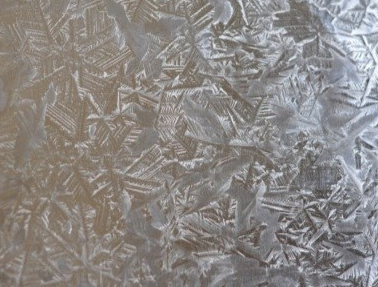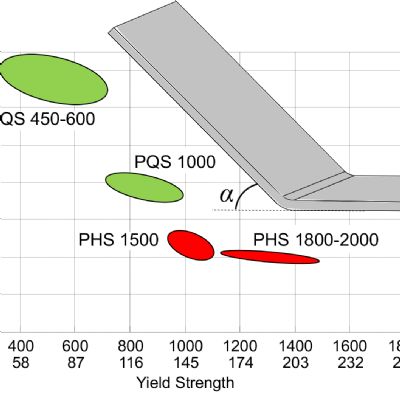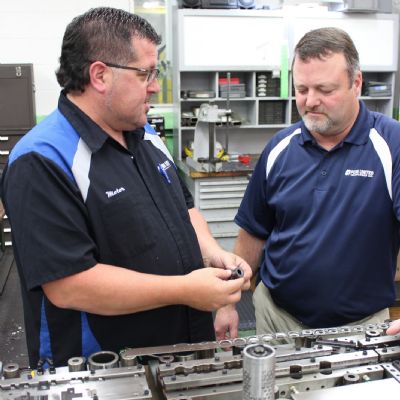Zinc-Coated Steels—Part 1: Electrogalvanizing, Hot-Dip Galvanizing and Galvannealing
November 1, 2019Comments
Steel parts rust unless steps are taken to prevent or slow down the corrosion reaction. One such approach, galvanizing, involves applying a zinc coating on the steel surface. Batch galvanizing involves dipping fully formed parts into a molten zinc bath. A wide variety of parts and sizes, from small fasteners to long beams and poles, undergo galvanizing in this manner. This approach works best on thicker parts that will not distort from the heat of the zinc bath, and on parts where the costs of the extra manufacturing step and associated handling are justified.
Galvanizing becomes more economical when performed at the steel mill and incorporated into a standard work flow. Here, base metal and coating properties are more uniform, and the galvanizing process can be adjusted to optimize specific properties. Mill galvanizing comprises two approaches: continuous hot-dip galvanizing and electrogalvanizing, with each having different variants.
Electrogalvanizing
 |
| Zinc grains, or spangle, are seen on hot-dip galvanized surfaces but not on steel with electrogalvanized or galvannealed coatings. |
Each plating cell adds only a small amount of zinc to the surface, leading to very tight coating-weight control. A 60-G (60 g/m2) zinc coating measures about 8 microns thick. For a process using 16 plating cells, each cell applies only 0.5 microns of zinc. Cells can be turned on or off, depending on the ordered coating weight.
Electrolytic application of zinc-nickel (Zn-Ni) and zinc-iron (Zn-Fe or EGA) alloys is possible, but pure zinc represents the most common electrogalvanized coating.
The electrogalvanizing process consumes a lot of electricity, but produces an excellent surface finish. Several auto-makers use electrogalvanized steels as their products of choice for skin panels.
Hot-Dip Galvanizing
A clean full-hard coil exiting a cold-rolling mill comprises the feedstock for a continuous hot-dip galvanizing line (CGL). The CGL combines inline annealing, hot-dip galvanizing and temper passing. As seen in the electrogalvanizing process, hot-dip galvanized (GI) coils are welded together at the ends to create a continuous feed through the line.
Exiting the annealing furnace, the steel coil then passes through the galvanizing bath. The liquid metal, primarily zinc, includes small amounts of other elements, such as aluminum, that control the alloying reaction between the zinc and steel substrate. Unlike the batch process for full parts, only a small portion of the coil is in the bath at any given moment.









